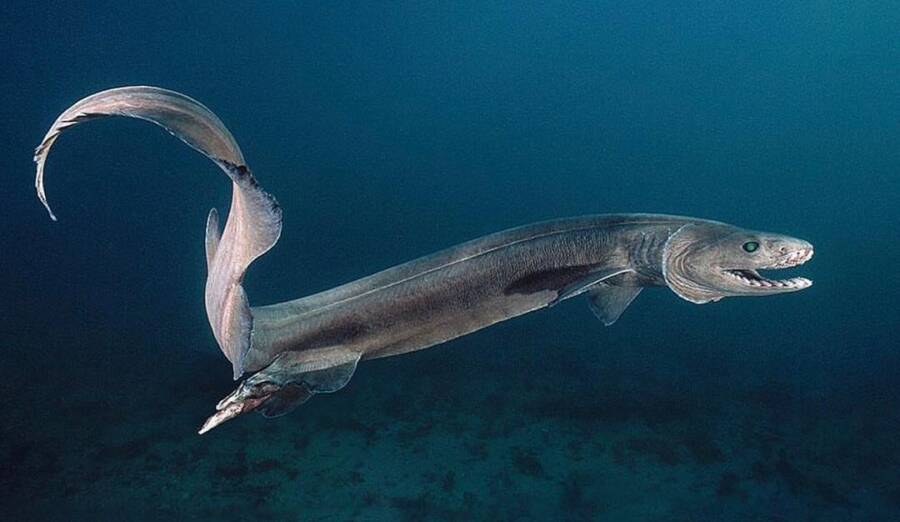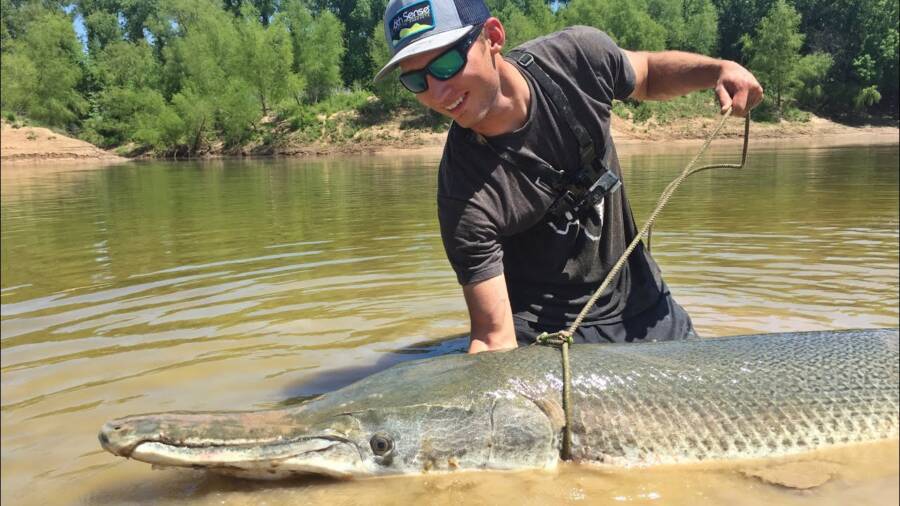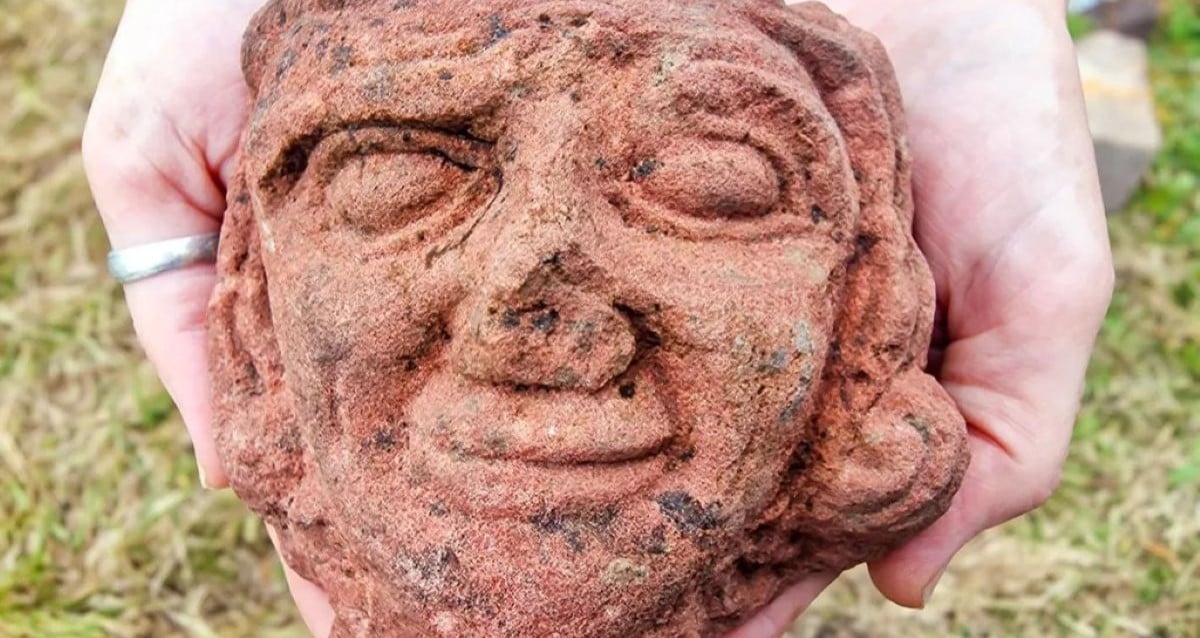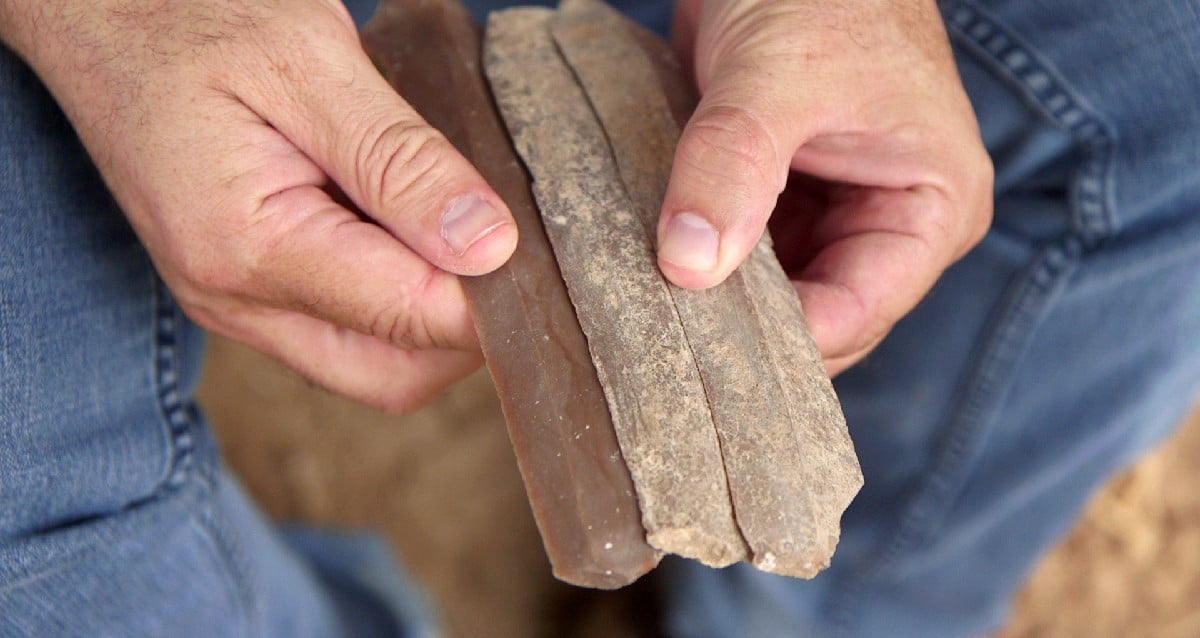Ancient Deep-Sea Predator Unveiled: The Eel-Like Shark That Roamed Earth 360 Million Years Ago
Although Phoebodus is believed to have gone extinct in the early Carboniferous period, there is a modern-day shark that shares its distinct serpent look.
The frilled shark, or Chlamydoselachus anguineus, is found in the Atlantic and Pacific Oceans, but is a reclusive species and, thus, difficult to observe closely.
Researchers did manage to compare a CT scan of the fossilized Phoebodus remains with the skeleton of a frilled shark and found that while they look similar, these two breeds of shark likely possess very different genetics.
One trait they do seem to share is the shape of their teeth, which are serrated and separated into rows. Researchers hope that this shared physical feature can give them clues as to how the primitive shark fed.

TwitterThe frilled shark is itself difficult to observe as it dwells at deep depths and is reclusive.
“The frilled shark is a specialized predator, with the ability to suddenly burst forward to catch its prey,” said modern shark expert David Ebert, who works at the Pacific Shark Research Center and has studied the frilled shark for decades. “The inward-pointing teeth then help to make sure the prey can only go one way: into its throat. Maybe Phoebodus did something similar.”
To fill in the gaps of their hypothesis on how Phoebodus hunted, the researchers have also looked to an unrelated species that bears a surprisingly similar skull, jaw, and teeth structure with the ancient shark: the alligator gar.
The Phoebodus and alligator gar, though two different animals, both have long jaws and a flat skull. The downside of this type of jaw structure is a limited bite force but, according to gar expert Justin Lemberg of the University of Chicago, it also has its advantages.











